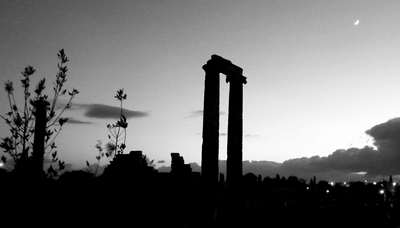What a feeling of freedom invades the senses now that we have the option of self determination as to our movements and actions once again. Naturally, there are guidelines to be adhered to if we are to be further free of this virulent virus, therefore, with freedoms come responsibilities. ‘Caution’ and ‘social distancing’ must be the bywords along this path to safety, writes Glen Maffia
It is with this particular point in mind, and the knowledge that the easing of the lockdown shall allow ever more growing visitors into Didim, that I should like to tempt people away from the beachfronts.
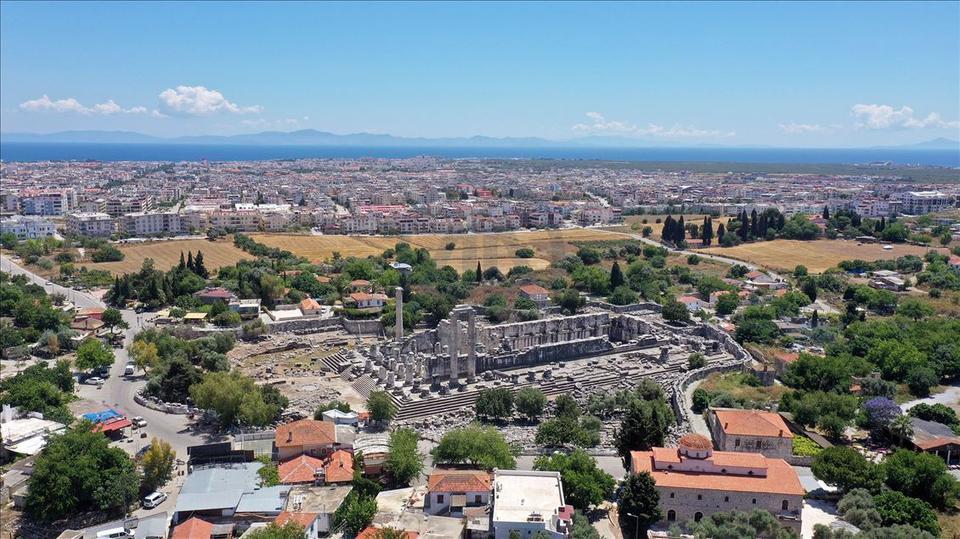
I realise this may be an arduous task now the temperatures are rising, the pursuit of a suntan becomes an obsession and a cooling drink while viewing the stunning vista of a sparkling blue seascape are all certainly alluring. Though there is an alternative, which I find so much more addictive; the Temple of Apollo.
This ancient Greco-Roman archaeological site oozes a peaceful ambiance of calm.
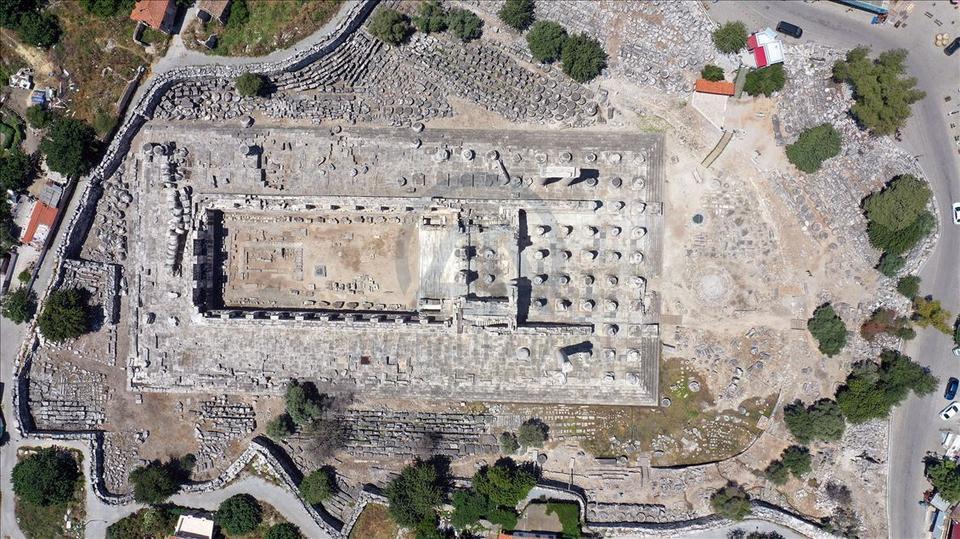
There are numerous cafes and bars which surround the site where one can still have that cooling drink and terraces where the suntan won’t diminish. And the view you’re presented with here is an extraordinarily elegant Temple, with majestic columns piercing the azure sky.
A brief background
Among Apollo’s attributes was that he was the god of prophecy: of esteemed importance within ancient civilizations.
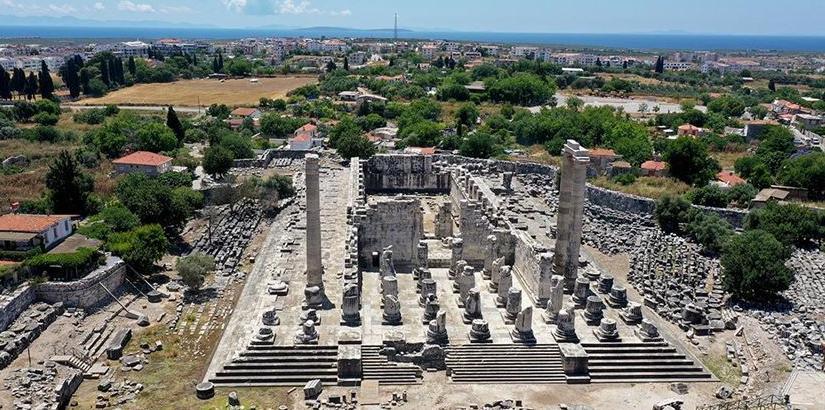
One would consult the ‘oracle’, the place where one could enquire as to the future, before coming to any decision upon an intended action. Such oracles became immensely wealthy as fortunes were bestowed upon them, by way of favour or bribe to manipulate the ‘god’s’ reply to synchronise with one’s intent. Humans never change!
The story of King Croesus of Lydia, the “richest man alive”, is a fine example. He jealously envied the wealth and riches of the Kingdom of Persia and sought ‘divine permission’ from the oracle to invade this rival.
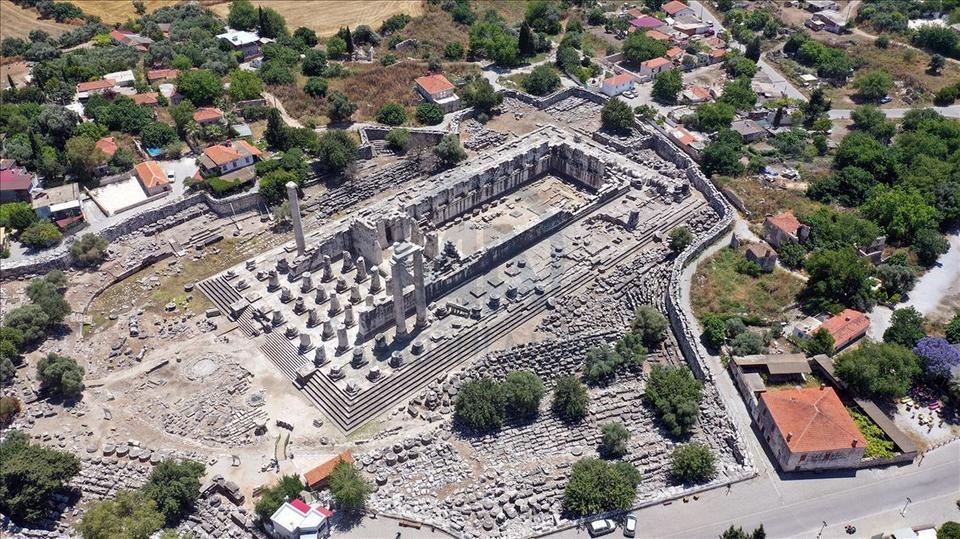
Both Lydia and Persia were the mighty powerhouses of the region. Croesus asked Apollo the question of the outcome of an invasion of Persia? Apollo replied, “The invasion will see the utter defeat of a mighty Empire.”
Croesus, buoyed, invaded, and Apollo was proved correct, a mighty Empire was destroyed, Croesus’ very own Lydia!!! Such be the folly and the greed of humankind and the sardonic wit of the gods.
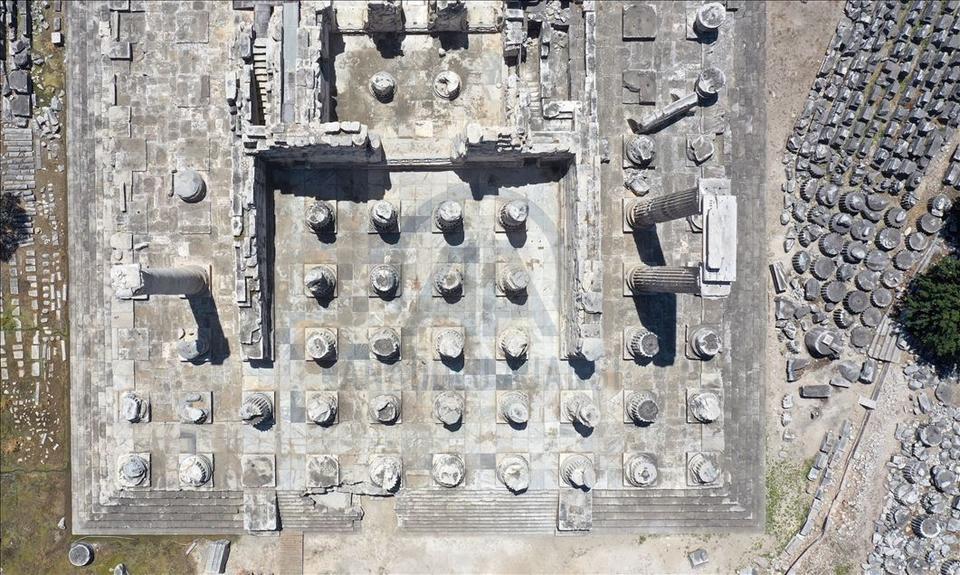
That oracle pronouncement was made in Delphi which the ancient Greeks considered to be the ‘navel’ centre of the world. Though only second in importance to the Delphic temple was the one we see today in Didim, ancient Didyma.
The temples
The Temple we see today is the third, and, of course, last, of the Didyma oracles.
The first dated from the Late Geometric period constructed during the 8th century BCE (Before Common Epoch), this earliest temple probably suffered from the fatality of an earthquake.
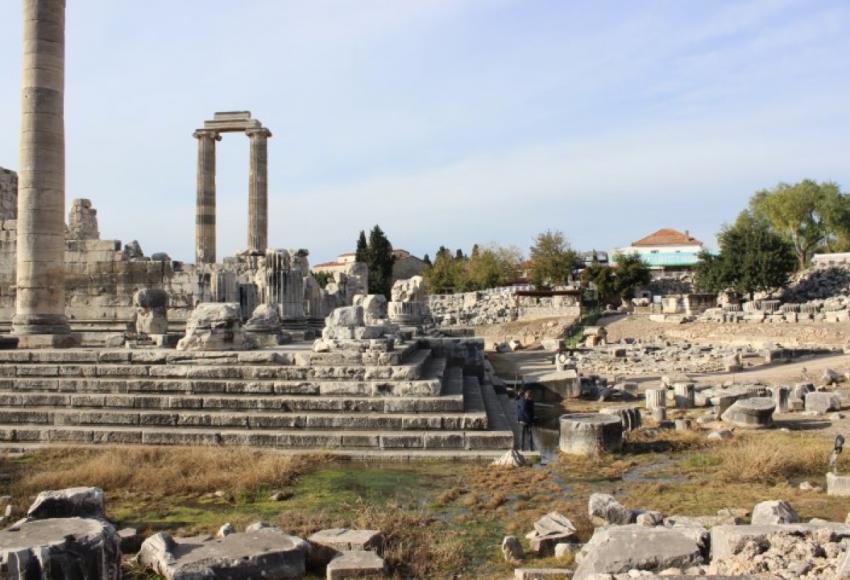
The building of the second temple took place between 560-550 BCE, which we refer to as the Archaic period, and was considerably enlarged from its predecessor.
This was at a time of prestigious and flourishing growth of Ionian wealth and influence. Too much so, unfortunately, as they impinged upon Persian power.
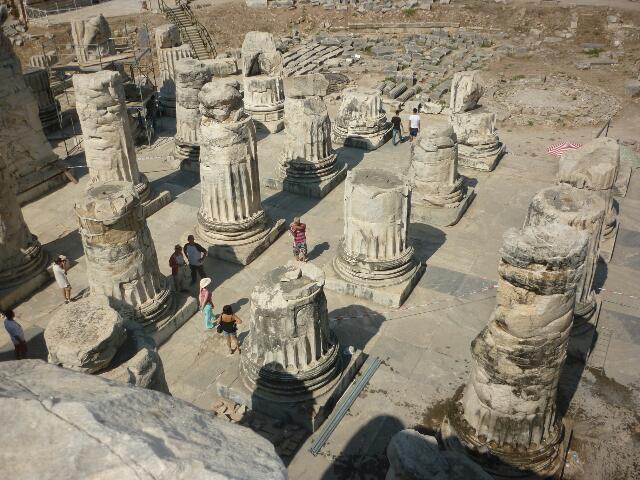
The cities of Ionia burned and, after a naval battle off the island of Lade (close to Miletus) in 494 BCE, the Persians marched down to Didyma and ransacked and plundered the wealth of the temple burning the Archaic Temple to the ground.
It was only after Alexander the Great completely annihilated the existence of Persia that the Temple rose from the ashes, beginning c.330 BCE, to be the magnificent monument we see today.
Though due to natural and economical changes of fortune this temple was never entirely completed. If it were to have been so then we would be witness to, surely, one of the ‘Seven Wonders of the Ancient World’.
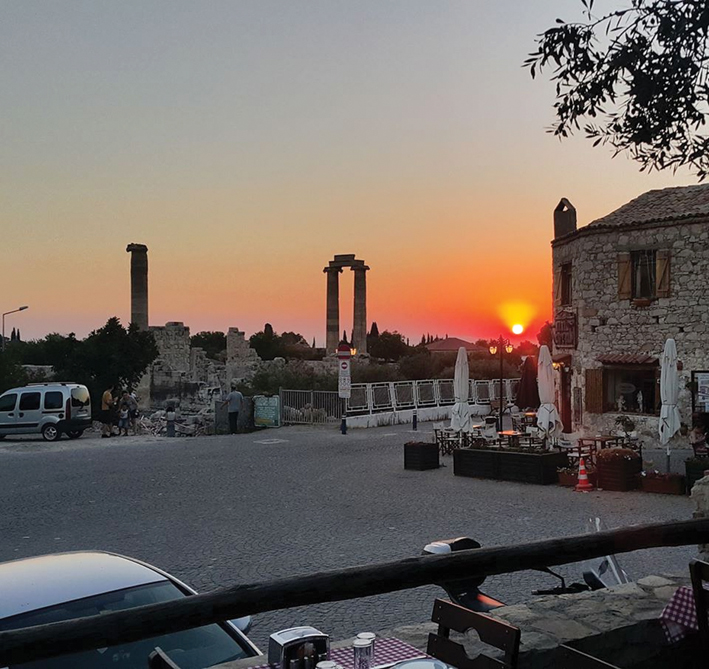
The only survivor from that list now is the Great Pyramid of Giza. Just dream of how prestigious Didim would be today if only the temple were completed?
Even though your preference may be the seashore, try to take a few hours out to visit this stunning site and walk with the ghosts of ancient Didyma upon the quiet roads and backstreets that wind around the Temple.
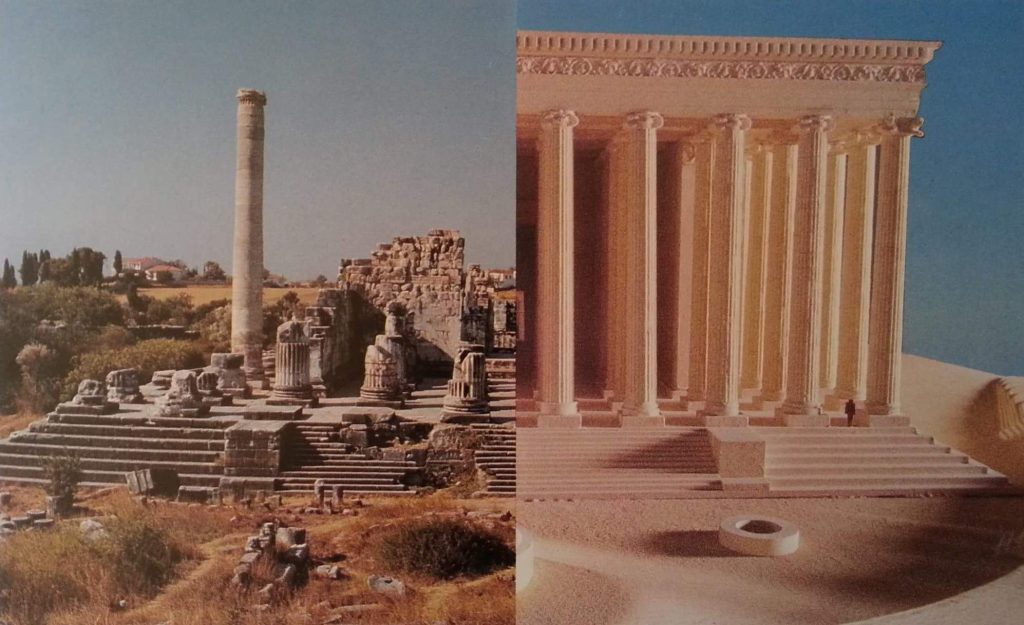
Entrance to the temple is 18 lira, while if it is too hot one can always while a few hours away in a shaded café/bar overlooking the temple’s glorious architecture.
